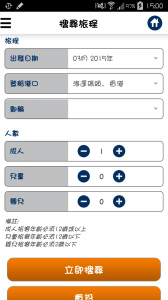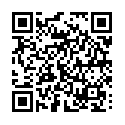
Marketing begins the day you put your mobile app idea into production. But not everyone has a budget for marketing. Contrary to popular belief, most effective marketing strategies don’t require any spending at all. How to put that strategy in place?
From the period before you launch your app to after it goes on the market, here are six important marketing strategies. While they may require time and perseverance, they involve little or no money:
1.Make your press kit pop. Your press kit should include information about the problem you’re solving, but not enough detail to completely give the product away. Key components include a high-resolution logo, sample design screens, an app icon, a press release, a microsite and a teaser video. Make sure you have a fantastic name and icon for your app that’s catchy and connects with the audience instantly. The first paragraph of the app description should be your selling pitch and app store screenshots should be customized to attract your customer.
One of the most under-rated, but highly effective strategies is app store marketing. Because a lot of people browse with keyword searches, select your keywords wisely by researching successful competitors.
2.Build an enticing microsite. These two to three page website aggregates all the information about the product. While a lot of downloads will come directly through app stores, a huge amount of traffic is driven through the web. For example, the Path app‘s microsite homepage greets visitors with the tagline: “Private messaging and sharing with friends and family” directly above a sign-up prompt at the top of the page. This is designed to hook new user as soon as they hit the landing page, before they’ve gotten all the information they need on the app.
3.Create a teaser or giveaway campaign. Build a teaser or giveaway offer into your microsite and invite people to share their email address to stay updated on when your app launches. This helps build a database of people interested in your app. For example, a teaser videothat came out before an app called Analog Camera came out last month, offered demos of how the app would work without going into a full explanation or revealing the release date. Instead the video lead you to a microsite with the message: “Sign up and you’ll be the first to know when Analog Camera launches!” — a clever way to gather potential customers early.
4.Keep content fresh. Do this by creating a blog linked to your microsite. This is important because blog posts are indexed by Google. Keeping your content fresh will drive a lot of inbound traffic to your website. You can also make your presence cohesive on social media platforms like Twitter, Facebook, Linkedin, Digg and Stumbleupon by sharing your blog posts with an active audience. Always think about how your content can be of value to a follower. For example, Angry Birds’ social media strategy includes sneak peeks of new game levels and versions, special offers and real-life examples of people enjoying the game.
5.Build hype. Once your app is ready to be submitted to the app store, be sure to set a release date and plan publicity around the launch.
Get in touch with tech blogs and publications likely to write about your product. Personalize your email with links to the press kit and microsite. If you haven’t heard from them in a week, send a reminder. If they did not cover your product initially, reach out again after your launch with download statistics and customer testimonials.
Some popular sites like 148 Apps, App Advice and Macworld can help spread the word about your app. After it launches, write to them for a review of your app. There’s a large audience that reads recommendations online when deciding what to download.
6.Ask customers for feedback. The more positive the ratings are for your app, the better chance it has of being downloaded. That’s why it’s worth it for you to build a code into your application asking users to rate it. Make sure to include contact information at the end of your app description or use a software development kit such as Appsfire to let people send feedback from a notification inbox. You can then reach out to unhappy users, resolve their issues and ask them to leave a rating on the app store if they were satisfied. Converting unhappy users to happy ones will improve your ratings.
The main investment in these tactics is your time, persistence and creativity. Armed with these three qualities, you can get over a million eyeballs for your app in a very short time.






 1. Be social
1. Be social












